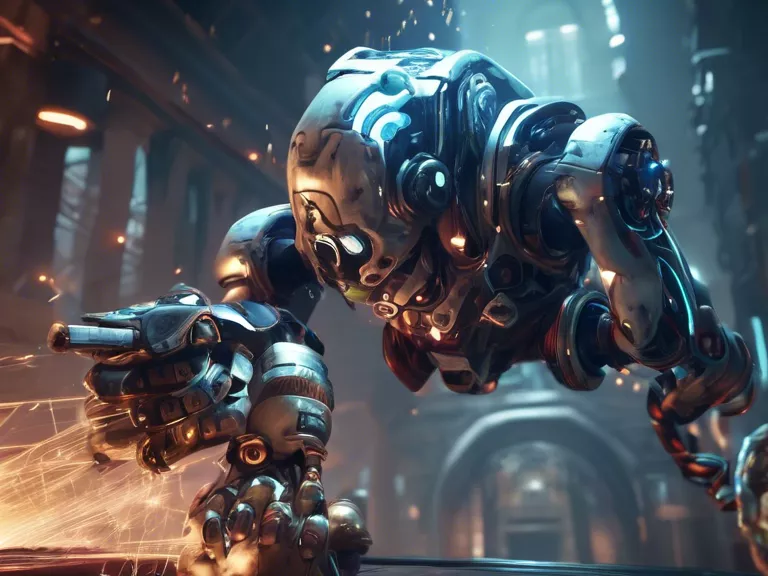
With rapid advancements in artificial intelligence (AI), game developers are using AI-driven game mechanics to create enemies that are smarter and more adaptive than ever before. Gone are the days of predictable enemies with repetitive behaviors; now, players are facing foes that can learn and evolve in real-time.
One of the key ways AI is enhancing enemy intelligence in games is through machine learning algorithms. By analyzing player behaviors and adapting their strategies accordingly, enemies can become more challenging and unpredictable. For example, if a player consistently relies on a specific attack pattern, the AI-controlled enemies can learn to counteract it, forcing the player to think on their feet and adjust their tactics.
Another way AI is making enemies smarter is through natural language processing (NLP) techniques. This allows enemies to communicate with each other and coordinate their attacks, making them much more formidable opponents. In some games, enemies can even taunt players or issue warnings, adding an extra layer of immersion and tension to the gameplay experience.
Additionally, AI-powered enemies can adapt to a player's skill level in real-time. If a player is struggling with a particular boss fight, the AI can dynamically adjust the enemy's difficulty level to provide a more balanced challenge. This ensures that players of all skill levels can enjoy the game without getting frustrated or bored.
Overall, AI-driven game mechanics are revolutionizing the way enemies behave in video games. By making enemies smarter, more adaptive, and more challenging, developers are able to create more engaging and immersive gaming experiences for players. As AI technology continues to evolve, we can expect even more innovative and exciting enemy behaviors in future games.



